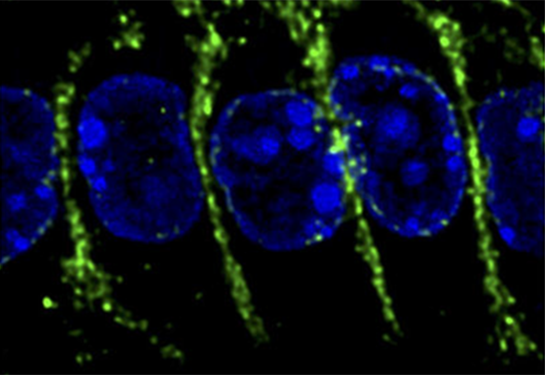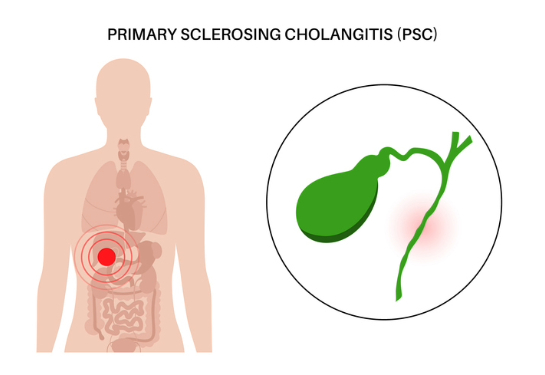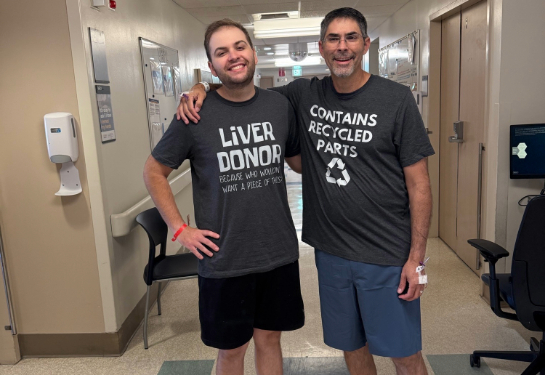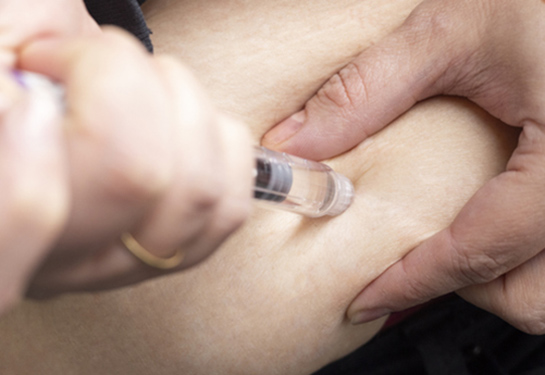UC Davis scientists find a microbial molecule that restores gut and liver health
The powerful molecule from gut bacteria reverses fatty liver damage
UC Davis Health researchers have discovered that a natural molecule made by gut bacteria can reverse liver damage and repair the gut lining after aflatoxin exposure. The treatment may offer a new, non-toxic way to prevent and treat non-alcoholic fatty liver disease (NAFLD), a growing health problem affecting more than 1 in 4 adults in the U.S.
The study revealed that 10-hydroxystearic acid (10-HSA), a compound produced by Lactobacillus bacteria, successfully restored gut-liver health in mice exposed to aflatoxin. Aflatoxin is a toxic substance made of mold commonly found in peanuts, corn and other crops. It is known to cause liver injury.
“This is the first time a single microbial molecule has been shown to repair both the liver and the gut together,” said the lead author, Satya Dandekar. Dandekar is a distinguished professor and the chair of the Department of Medical Microbiology and Immunology at UC Davis Health.
The paper was published today in mBio.
Gut-liver axis: A new treatment target
The gut and the liver are intricately linked. They communicate through bile acids, immunity responses and lipid metabolism — a relationship known as the gut-liver axis. When one organ is damaged, the other suffers too. In diseases like NAFLD (now also called MASLD), this connection becomes a key therapeutic target.
“NAFLD prevalence is on the rise in the United States. It has increased globally over 50% in the last 30 years. Chronic liver diseases like NAFLD disrupt lipid metabolism and generate high levels of inflammation, also impacting the gut health. It limits the gut digestive functions and breaks down the epithelial barrier," Dandekar said.
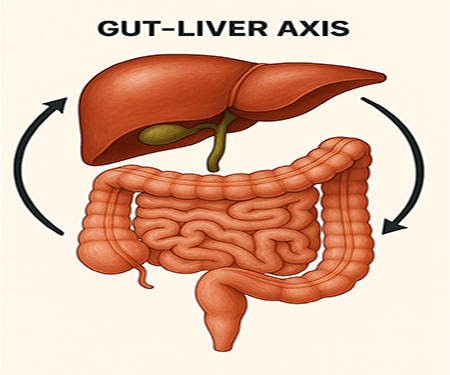
Despite the crucial role the gut-liver axis plays in maintaining homeostasis, treatments that target both the liver and the gut remain under investigated.
Dandekar’s team used a mouse model mimicking NAFLD. Exposing mice to aflatoxin B1 (AFB1), a toxic compound made by Aspergillus fungi, triggered liver injury, inflammation and damage to the gut lining.
But when these mice were treated with 10-HSA, the researchers saw a dramatic reversal of the liver and gut damage:
- Gut epithelial barrier was restored.
- Key bile acid metabolites like cholesterol and deoxycholate returned to healthy levels.
- Energy metabolism and the detoxification functions in the liver improved.
- Gut immune responses normalized.
This is the first time a single microbial molecule has been shown to repair both the gut and the liver together.”—Distinguished Professor Satya Dandekar.
Microbial weaponry
“We think of these microbial products like precision weapons,” Dandekar said. “They are released by bacteria at the site of inflammation and act exactly where they’re needed to help repair and heal tissue.”
Chronic liver diseases like NAFLD and cirrhosis are driven in part by the suppression of PPARα signaling. 10-HSA activates PPARα, a protein that regulates lipid metabolism. By activating PPARα, the molecule repaired liver tissue and supported gut health — all without the side effects of synthetic drugs.
“What makes this molecule special is that it is produced naturally in the gut and has no cytotoxic effects,” said co-author Abhaya Dandekar, a professor of plant sciences at UC Davis. “It works only when the body and the microbiome are in sync.”
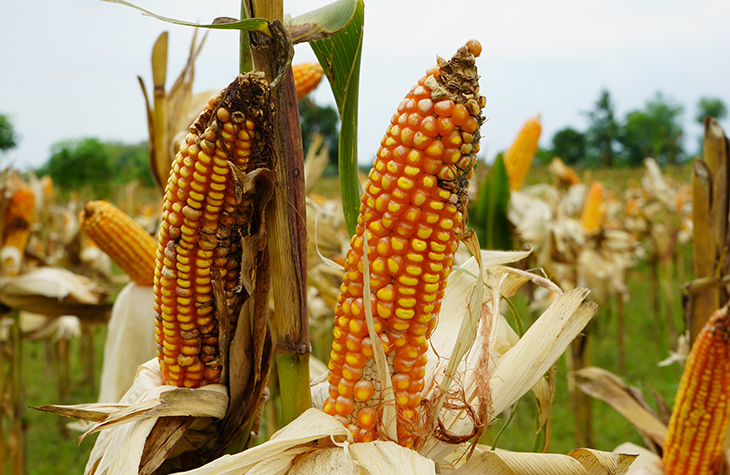
A preventive tool for aflatoxin exposure
Aflatoxin exposure affects many people, especially in developing countries. In agricultural areas with poor food safety, this exposure is a serious public health concern. This study lays the foundation for developing a simple, safe supplement that could be life changing.
“It would truly be a unique and exciting opportunity if we can provide a microbially-derived supplement that can alleviate or prevent the detrimental impact on human health,” said Dylan Kramer, the first author of the study and a graduate student in Dandekar’s lab.
According to the authors, microbiologists have traditionally focused on short-chain fatty acids (SCFAs) produced by the gut microbiome. This study shifted the focus to other metabolites.
“While SCFAs are very important, our study serves as one of the first to broaden the focus to larger, more complex metabolites produced in direct response to pro-inflammatory conditions in the gut,” Kramer said.
What is next?
The study highlighted the powerful role of the microbiome in healing and prevention — and how tapping into this natural pharmacy could transform medicine. With strong preclinical evidence and no toxicity concerns, the researchers are preparing for human clinical trials, especially in people with fatty liver disease or metabolic issues.
Helpful Link:
Meet our gastroenterology and hepatology team.

